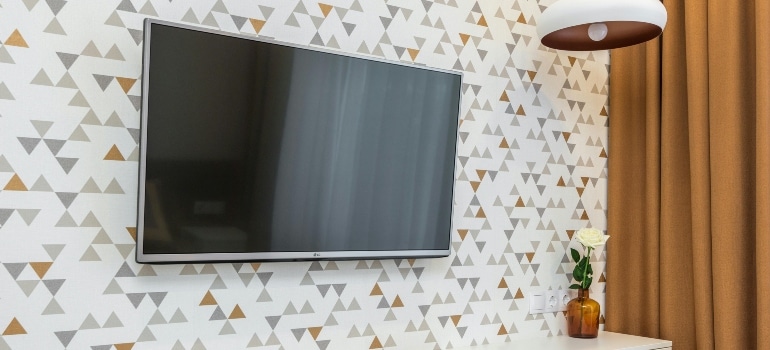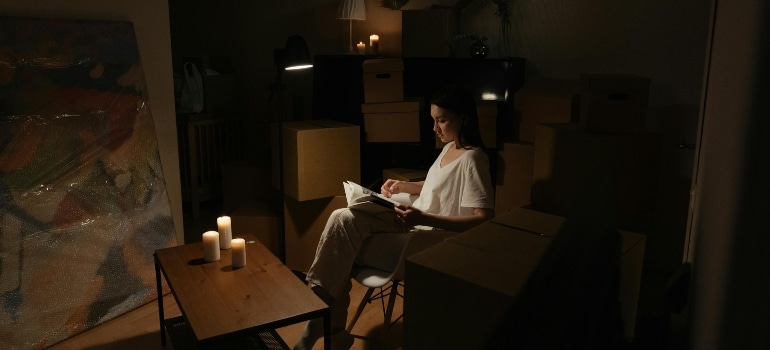- About us
- Services
- City To City
- Toronto to Calgary
- Toronto to Edmonton
- Toronto to Fredericton
- Toronto to Red Deer
- Toronto to Guelph
- Toronto to Halifax
- Toronto to Kelowna
- Toronto to Kitchener
- Toronto to Montreal
- Toronto to Ottawa
- Toronto to Regina
- Toronto to Saskatoon
- Toronto to St John’s
- Toronto to Thunder Bay
- Toronto to Vancouver
- Toronto to Hamilton
- Toronto to Winnipeg
- Toronto to Windsor
- Toronto to London
- Toronto to Pickering
- Toronto to Victoria
- Toronto to Moncton
- Calgary to Moncton
- Calgary to Vancouver
- Calgary to Victoria
- Calgary to Ottawa
- Calgary to Toronto
- Calgary to Edmonton
- Calgary to Montreal
- Calgary to Nanaimo
- Calgary to Surrey
- Montreal to Calgary
- Montreal to Toronto
- Montreal to Vancouver
- Montreal to Moncton
- Ottawa to Vancouver
- Ottawa to Toronto
- Ottawa to Moncton
- Ottawa to Calgary
- Winnipeg to Ottawa
- Winnipeg to Calgary
- Vancouver to Toronto
- Vancouver to Montreal
- Vancouver to Victoria
- Vancouver to Edmonton
- Vancouver to Ottawa
- Vancouver to Calgary
- Vancouver to Winnipeg
- Kingston to Toronto
- Winnipeg to Toronto
- London to Toronto
- Windsor to Toronto
- Hamilton to Toronto
- Kitchener to Toronto
- Edmonton to Toronto
- Edmonton to Calgary
- Edmonton to Vancouver
- Edmonton to Surrey
- Charlottetown to Halifax
- Halifax to Saint John
- Brampton to Calgary
- Surrey to Calgary
- Surrey to Edmonton
- Long Distance
- Province To Province
- Cross Country
- Canada to USA
- Toronto to New York
- Toronto to New Jersey
- Toronto to Washington
- Toronto to Seattle
- Toronto to Chicago
- Toronto to Houston
- Toronto to Phoenix
- Toronto to Florida
- Toronto to Miami
- Toronto to Tampa
- Toronto to Virginia
- Toronto to Atlanta
- Toronto to Boston
- Toronto to California
- Toronto to San Diego
- Toronto to Los Angeles
- Toronto to San Francisco
- Alberta to Texas
- Toronto to Texas
- Toronto to Dallas
- Toronto to Austin
- Toronto to San Jose
- Storage Service
- Car Shipping
- City To City
- Locations
- Promo
- Blog
- Tools & Tips
- Contact Us
Moving day brings many fragile items, yet screens rank at the top. Many households own at least one large flat-panel television. These sets weigh little, but they break easily. Worse, repairing a cracked screen often costs $400 to $1,000, sometimes more than a new unit, so you can avoid that expense. Follow this step-by-step guide on how to move a flat screen TV. The tips work for short hops and cross-country hauls. If you prefer help, relocation companies in Canada, such as Centennial Moving, stand ready.
Why flat-screen TVs are tricky to move
Flat-screens use thin glass and delicate electronics, while manufacturers spread weight along the frame. Laying the panel flat places stress on the center and can bend the matrix. Sudden shifts in a van can shatter the panel, because temperature swings inside trailers may harm backlights. Lift points sit low, so two strong people must carry the set upright. Ignoring these limits invites damage and high repair bills.

Wondering how to move a flat screen TV safely? Proper wall mounts and cushioning materials make all the difference.
Tools and supplies you’ll need (Even without the original box)
Gather everything before you unplug a single cable. Quick access keeps the process smooth.
- Heavy-duty TV carton or telescoping mirror box.
- Four fitted foam corners.
- Two thick moving blankets.
- Stretch wrap roll.
- Screen-safe microfiber cloth.
- Painter’s tape for labels.
- Zip bags for screws and cords.
- Furniture straps or a hand truck rated for electronics.
Canadian moving services often sell ready-made kits that include foam inserts and adjustable crates.
Prep work: Before you touch the TV
Turn the set off and let it cool, because warm glass flexes more. Make sure to snap a clear photo of every cable connection and write each port name on masking tape and stick it to the matching plug. Measure door frames and stair bends to plan your route, and clear stray rugs and toys. Check the weight in the user manual so you can match the right lifting help. Remember to place the packing station near the exit to avoid long carries.
Unplug the power cord first and coil it loosely, while stashing it in a labeled bag. Remember to do the same for HDMI, optical, and antenna lines. Remove the base stand with the correct screwdriver. Do not forget to place every screw into another bag and tape it to the stand plate, you will need it later.
Now wipe fingerprints from the screen with a dry microfiber cloth, for dust can scratch when pressed under the wrap. Slip the foam guards over each corner because they shield the most exposed edges during long distance moving. Wrap the entire unit in a moving blanket and keep the blanket tight but not crushing. Use stretch wrap to lock the layers together. Run the wrap all around the body, not across the front only, and leave grip points clear.
Slide the padded set into the carton. If the box leaves gaps, stuff bubble wrap or crumpled craft paper along the sides. Close the flaps and tape every seam twice. Mark the carton “TV – Upright Only – Fragile” on each face. Clear labels help province to province movers handle the load correctly.
How to lift and carry it safely
The most important thing is to plan the lift. Place one person on each side, hands near the lower corners. Bend knees, keep backs straight, and lift together on a count and walk slowly, while communicating at the door frames. Never twist the screen. Set the carton down on edge, never flat. For stairs, use a hand truck with a tall support plate and secure straps. Balanced wheels reduce strain and protect the panel. Long distance movers BC use powered stair climbers, but careful teamwork works fine for home moves.

Amid a sea of moving boxes, make sure to find time for yourself
Transporting the TV in a vehicle or moving truck
Upright transport matters more than cushion depth. Stand the boxed TV against the truck wall and make sure to position heavy, soft items such as mattresses or packed sofa cushions on both sides. Tighten ratchet straps across the middle to stop sway, while avoiding rigid objects like table legs next to the screen. Keep the top edge clear so nothing falls onto it. Inside a pickup, place the carton against the cab wall and secure with rope and blanket padding. In winter, let the set warm up inside for two hours before plugging it in. When you hire long distance moving companies Victoria BC, confirm that the crew straps fragile cartons to side rails instead of stacking them.
What to do after the move: Unpacking and reconnecting
Park the carton on its edge in the new living room and cut the tape carefully. Pull the carton forward while a helper holds the screen. Remove stretch wrap, blankets, and foam, while letting the television reach room temperature if the trip involved cold weather. Inspect the glass under bright light. If no cracks appear, attach the stand or mount. Reconnect each cable using your photo and tape labels and run a power-on test before you load streaming apps. Keep the carton for future moves.

Prepare delicate items for the move by carefully using bubble wrap
OLED and QLED panels weigh less than older LCDs, yet they crack faster under slight pressure. Plasma screens, still found in some homes, weigh much more and need extra muscle. Measure weight before choosing the box grade.
Insurance and warranty protection
Check your home policy before moving day because many insurers require declared high-value items. If coverage falls short, buy a rider. When hiring long-distance moving companies, ask about declared value and full replacement coverage. Movers must list fragile items on the bill of lading, so keep receipts and serial numbers handy. Quick documentation speeds claims.
Smart setup tips after arrival
Place the set on a low bench while you attach the legs. Never install wall brackets with the screen leaning on a couch; instead, use a soft towel on a hard table. Install the bracket first, then lift the panel onto the mount. Two helpers must guide the hooks into slots, test the picture, and then adjust the tilt. Dust the rear vents to improve cooling.
How to move a flat screen TV
Moving offers a chance to clean up cables. Swap old HDMI cords for high-speed certified versions. Label each cord with color tags. Route them through a simple raceway. This small step reduces stress when you later upgrade the sound. Recycle cardboard at local facilities. Keep foam corners in a sealed bag. They work again next year. Store stretch wrap rolls away from heat so they stay tight. Follow each step, from gathering gear to careful unloading. You hold the knowledge and the right tools now. Share these tips with friends so they also learn how to move a flat screen TV safely. Enjoy crisp images on your favorite shows without repair bills.
